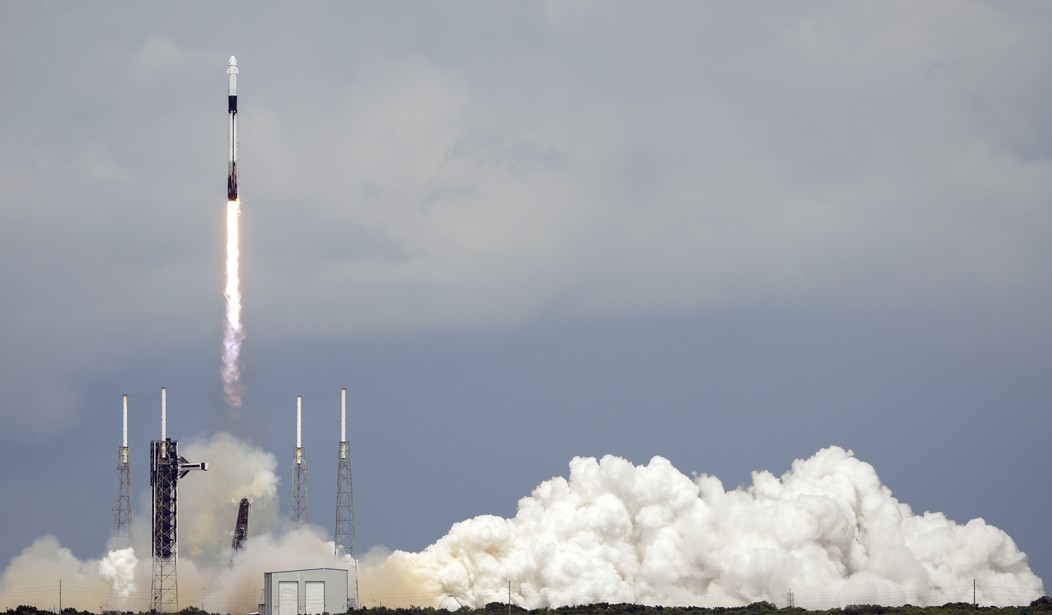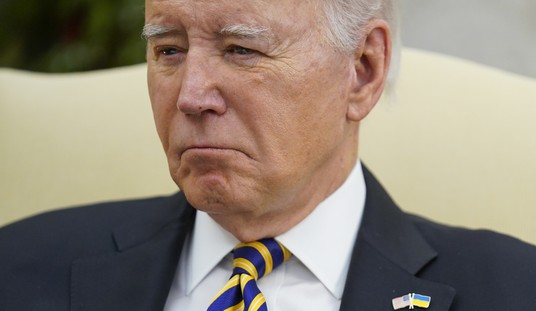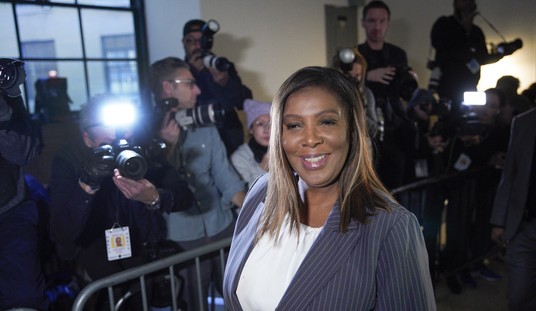This has to be the soundtrack this week.
Doo de doo doo.
https://t.co/9nlMASUeOp https://t.co/3K4haXHy1X
— Dr. Ryan French (@RyanJFrench) March 28, 2025
Not quite space history, but still an important step.
#OTD in 1910, Henri Fabre made the first seaplane flight, successfully lifting off from and landing on the water, near Marseilles, France: https://t.co/eweZgTHjKj pic.twitter.com/iMJBHcXmvX
— National Air and Space Museum (@airandspace) March 28, 2025
Green is the most common color for auroras. They're caused by particles of the solar wind exciting nitrogen molecules (whoo-hoo!) which then emit green light as they calm down. But other colors can happen. This shot from an airliner shows red and white as well, and indicates the solar storm was particularly energetic.
Burst of auroral activity seen on last night's Northern Lights flight operaing out of Birmingham International Airport. pic.twitter.com/uFSEV0imnH
— Pete Lawrence (@Avertedvision) March 28, 2025Just boring old green in this one, but pretty.
Just boring old green this time, but pretty anyway.
The aurora this week has been absolutely wild up here in Venetie, Alaska. pic.twitter.com/KHxeOUnG0B
— Vincent Ledvina (@Vincent_Ledvina) March 28, 2025
I enjoy seeing people at work in ISS. I would think having your hair floating around like that would be kind of annoying, but then I hate it when my hair is long enough that it touches my ears.
The Crew-10 members are studying space biology and advanced tech as a new trio of crewmates gets ready to launch to the orbiting lab on April 8. Crew-9 has returned to Earth completing hundreds of hours of space research. #SpaceToGround pic.twitter.com/cvzglxLCe2
— International Space Station (@Space_Station) March 28, 2025
If you live in the Northeastern U.S., there'll be a little show tomorrow.
#DYK there’s going to be a partial solar eclipse on March 29?
— NASA Sun & Space (@NASASun) March 27, 2025
During sunrise in the Northeastern U.S., the Moon will partially block the Sun from view. Coverage ranges from as little as 1% in Washington, D.C. to 64% in Portland, Maine.
Find info for your location:… pic.twitter.com/OnfuRL7QXP
Are you ready for the upcoming partial Solar Eclipse on March 29, 2025?
— Dr. Sebastian Voltmer (@SeVoSpace) March 28, 2025
Chrono-photography captured through my old 70-200 mm lens on January 4, 2011 from the Mont Blanc massif.#solareclipse #universe #eclipse #chronophotography #alps #montblanc #mountains #sebastianvoltmer pic.twitter.com/aoJEmWWYd2
Nebulae are always good.
M42 Great Orion nebula by 📷 nebula images. pic.twitter.com/CKf44Zy4py
— Julio Maiz (@maiz_julio) March 28, 2025
A Shuttle landing at the backup site at White Sands.
The STS-3 mission landed at the White Sands Missile Range in New Mexico, a backup shuttle landing site, #OTD in 1982. Columbia decelerated quickly, landing at over 200 mph during a wind storm.
— NASA History Office (@NASAhistory) March 28, 2025
Watch the shuttle's "wheelie" landing at this site: https://t.co/hIk9xiy6Mj pic.twitter.com/TFWuuH074p
More nebulae
📷 Stars & gas clouds in M78 by Steven Mohr https://t.co/b0GyilMhcZ pic.twitter.com/EZhs1KXvLV
— Alienigena11 (@Madriles6211) March 28, 2025
This is just another comet, nothing to see here.
Actually, the fine details of the structure of the tail are kind of fascinating.
Comet Leonard C2021 A1 by Lionel Mjazic #space #universe pic.twitter.com/dFPIBLTnuX
— Julio Maiz (@maiz_julio) March 28, 2025
To me, the crazy thing about this is that each of those galaxies has billions or even a trillion stars.
Even though Stephan’s Quintet is called a quintet, only four of the galaxies here are close together (about 290 million light-years away from Earth). The fifth and leftmost galaxy, NGC 7320, is only about 40 million light-years away: https://t.co/BWX3JY9ZHq pic.twitter.com/JArv3ljiTD
— Space Telescope Science Institute (@SpaceTelescope) March 28, 2025
And figure this is just one star.
NASA’s Chandra X-ray Observatory has observed the remnants of an ancient dead star, providing important clues about its explosive past. The study focuses on the supernova remnant G292.0+1.8, which was formed by the explosion of a massive star….https://t.co/a0AHNL295s
— Ethan Wu (@ThisIsEthanWu) March 28, 2025
I don't have much new to say about this except "whee, pretty!"
M101 Spiral galaxy in Delphinus constellation by Hubble telescope #NASA pic.twitter.com/oNkmP27YyP
— Alienigena11 (@Madriles6211) March 28, 2025
When I was taking Astronomy 101 in 1974, I don't remember any color pictures.
NGC1512 Barred spiral galaxy in Horologiun Austral constellation In Living Color #Hubble https://t.co/S9Fce9cM5j vía @NASA pic.twitter.com/9iRgLRsZb5
— Julio Maiz (@maiz_julio) March 28, 2025
This shot has to be basically pure luck. A long exposure of the Milky Way and Mount Fuji, photobombed by a meteor.
A meteor, the Milky Way and Mount Fuji captured by photographer Hayata Suzuki. pic.twitter.com/fw2RboRUPm
— Wonder of Science (@wonderofscience) March 28, 2025
And that does it this week. I've been teasing a big announcement for a couple of weeks, and here it is: I've started a Substack, The Stars Our Destination, that will have more space and astronomy posts along with science and science fiction art, and possibly some original fiction. At least for now, while paid subscriptions are enabled, I will only be posting stories open to anyone. And as always, I appreciate everyone who comes to see the show and comments.










